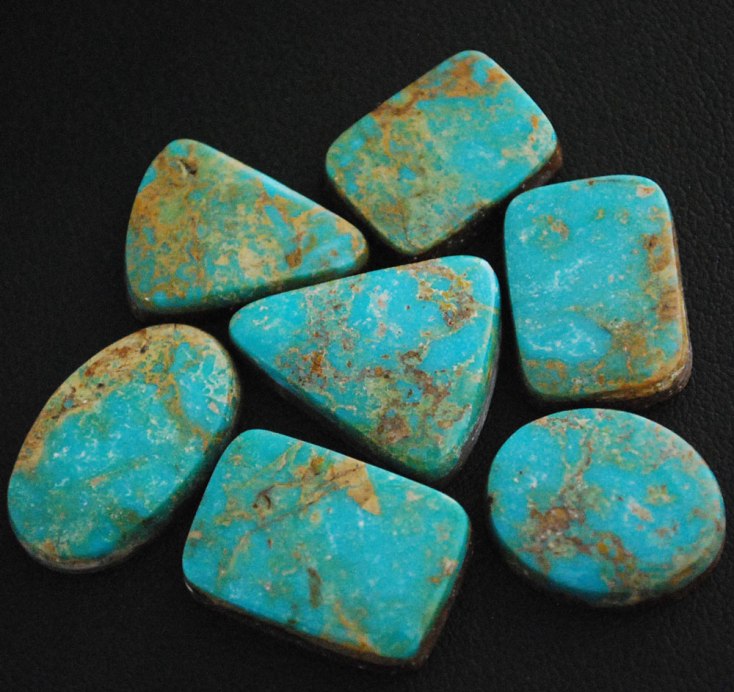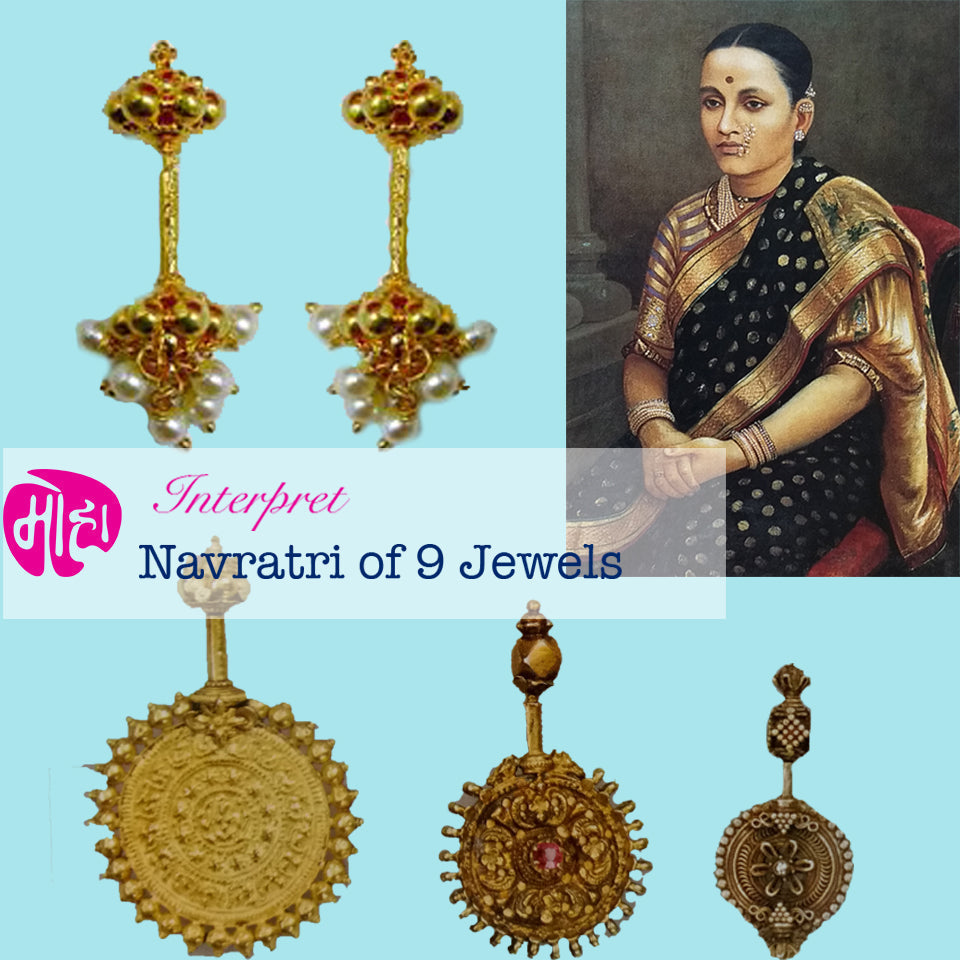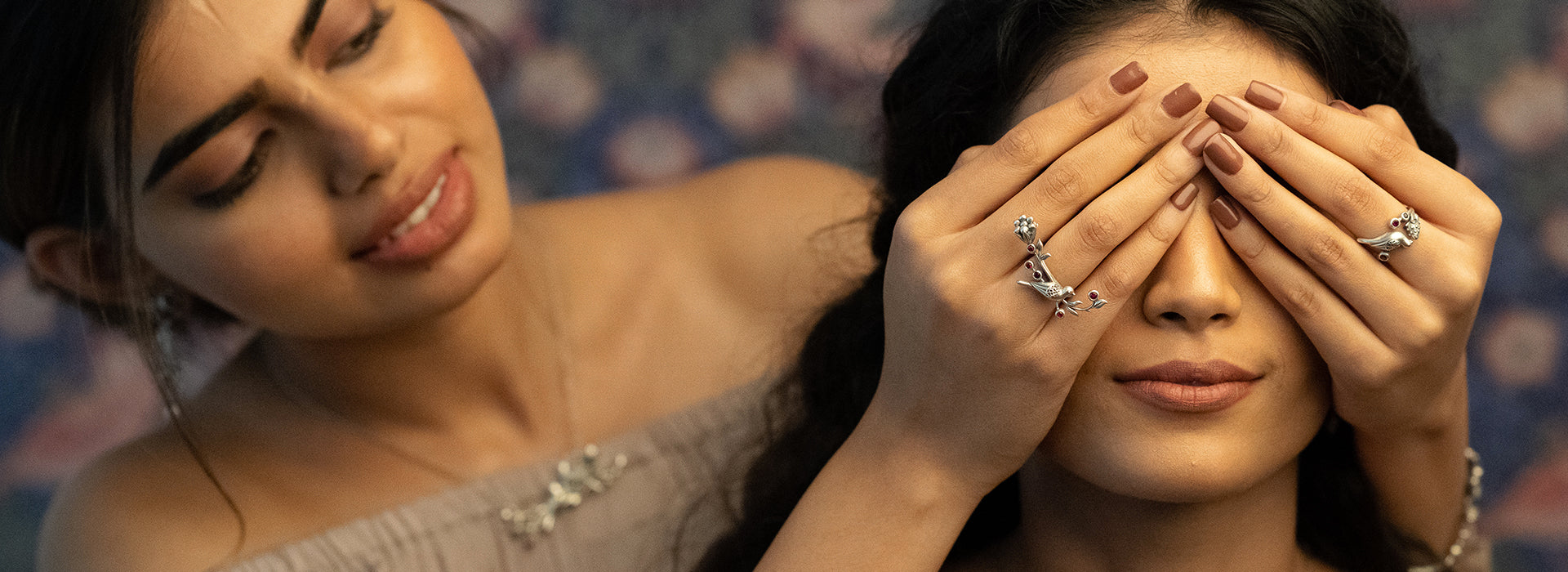The Sarpech (‘sar’- head and ‘pech’- screw) is specifically a turban ornament. It hails from Rajasthan and was adorned by various Hindu and Muslim royalty. The oldest piece dates back to over 2000 years ago. The peacock feather on Krishna’s head is also stated to be the oldest form of a sarpech.
Cave paintings have also depicted such similar pieces of jewellery worn by both men and women. This ornament was attached to the turban and had design aesthetics to depict the status and prosperity of the royals.
The simple sarpech was traditionally crafted from a metal plate and had various jewels and semiprecious stones studded inside it. Different sarpech’s further differ from each other due to the differences in their motifs, design aesthetics, stones studded in them, sizes etc.
The above picture shows the basic structure of a sarpech. The sarpech usually have floral motifs and have hollow plates as stated above studded with stones (jadau) on the front or ‘rukh’ section. Both sides of this structure are heavily enamelled in most Sarpech’s but the inner side can be rarely seen. Depending on their structures, the sarpech are classified as kalangi (upward motifs or projections) or teen kalangi (three projections). The beauty and detailing of this ornament clearly conveys its royalty and high standards of design aesthetics.
Clearly the sarpech is an ornament which holds a place of pride in the history of Indian jewellery.
Picture credit - Dance of the Peacocks By Usha R. Bala Krishnan, Meera Sushil Kumar.
#traditionaljewellery #indianjewellery #historyofjewellery #sarpech #navratrispecial #articleseries #day1 #mohabygeetanjali #loveforjewellry



